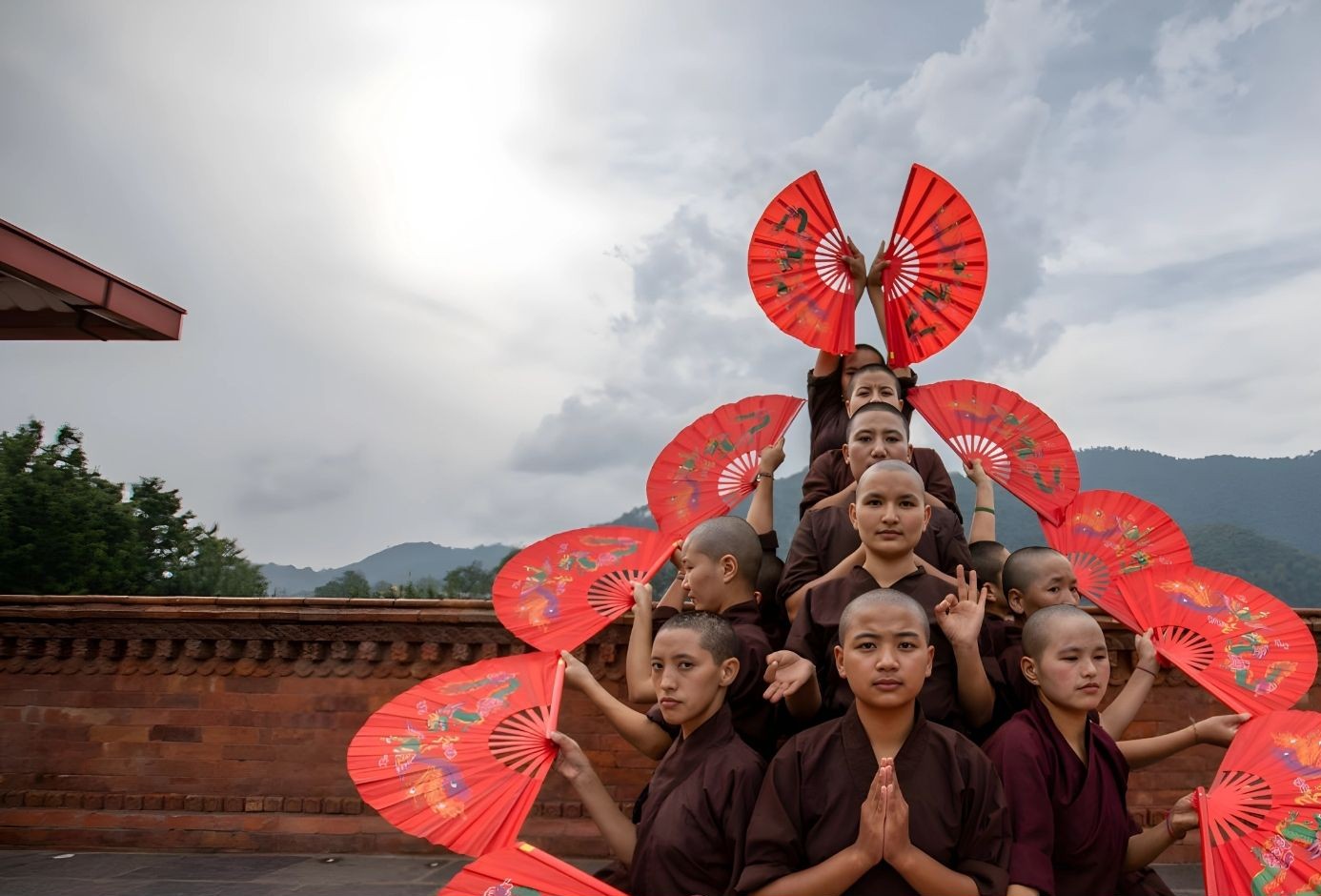By Daniel Agusi
Buddhism, often associated with principles of compassion and equality, has a complex history regarding gender roles within its monastic communities. While the teachings of the Buddha advocate for liberation for all beings, the institutional structures have not always reflected this inclusivity. In many Buddhist traditions, nuns, or bhikkhunis, face systemic challenges that hinder their full participation and recognition within the monastic hierarchy.
Historical Context
The journey of women in Buddhism traces back to Mahāprajāpatī Gotamī, the Buddha’s foster mother and maternal aunt. She was the first woman to request ordination from the Buddha, eventually becoming the first bhikkhuni. Her determination paved the way for women’s inclusion in the monastic community, albeit with additional rules and restrictions compared to their male counterparts. These foundational disparities have had lasting impacts on the status of nuns in various Buddhist traditions.
Contemporary Challenges
In several Theravāda Buddhist countries, such as Thailand and Myanmar, the full ordination of women remains a contentious issue. For instance, in Thailand, women seeking full ordination often have to travel abroad, as the local monastic authorities do not recognize bhikkhuni ordination. Upon returning, these women frequently face societal and institutional resistance, limiting their roles within the religious community.
Similarly, in the Tibetan Buddhist tradition, women can become novice nuns but are often denied full ordination. Venerable Karma Lekshe Tsomo, a prominent advocate for gender equity in Buddhism, has highlighted the persistent resistance to fully integrating women into the monastic hierarchy.
Efforts Towards Equality
Despite these challenges, there have been significant strides towards gender equality within Buddhist communities. In Sri Lanka, the bhikkhuni ordination lineage has been revived, allowing women to pursue full ordination and participate more actively in monastic life.
Moreover, innovative approaches to empowerment are emerging. The Druk Amitabha Monastery in Nepal is home to the “Kung Fu Nuns,” a group of women who combine spiritual practice with martial arts training. These nuns engage in community service, disaster relief, and environmental activism, challenging traditional gender roles and demonstrating the evolving role of women in Buddhism.
Conclusion
The path towards equal recognition for Buddhist nuns is ongoing, marked by both historical precedents and contemporary efforts. While institutional barriers persist, the resilience and determination of women within the Buddhist tradition continue to inspire change. As the global community becomes more aware of these disparities, there is hope for a more inclusive and equitable future for all practitioners.







